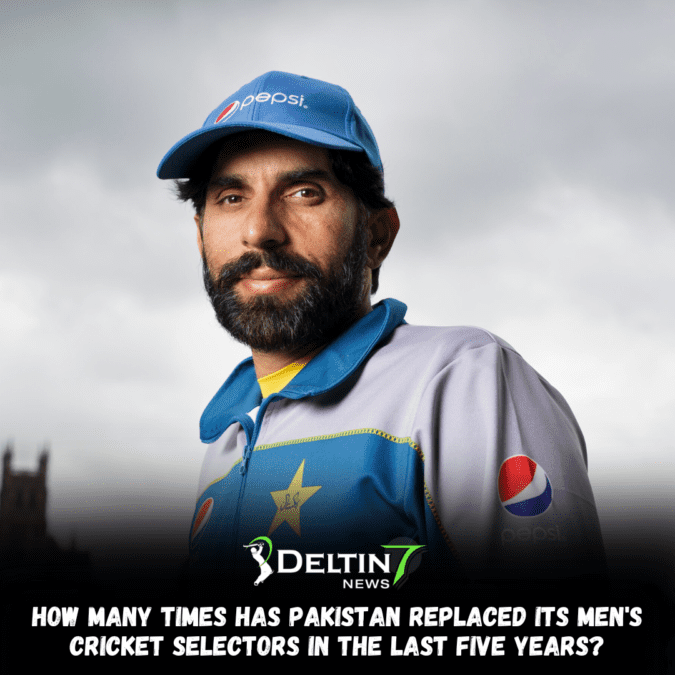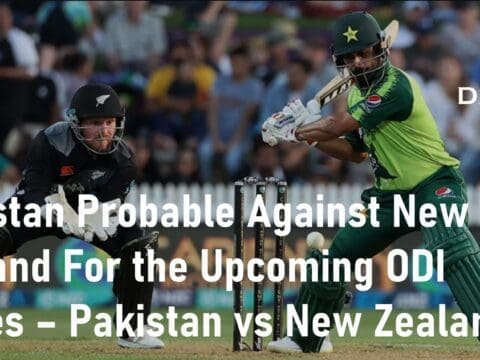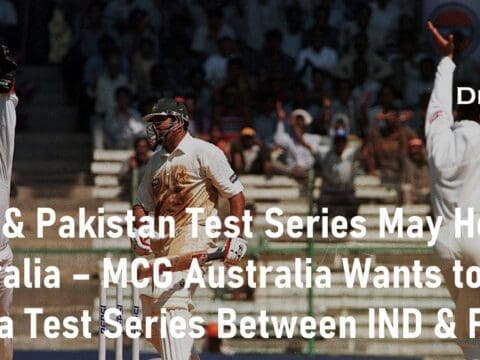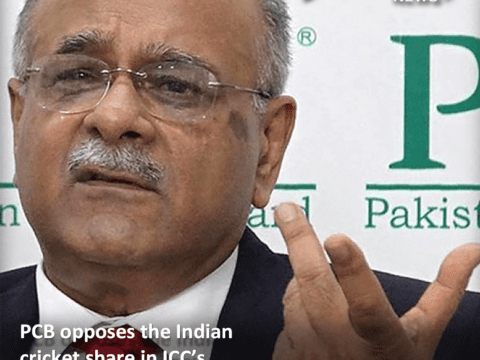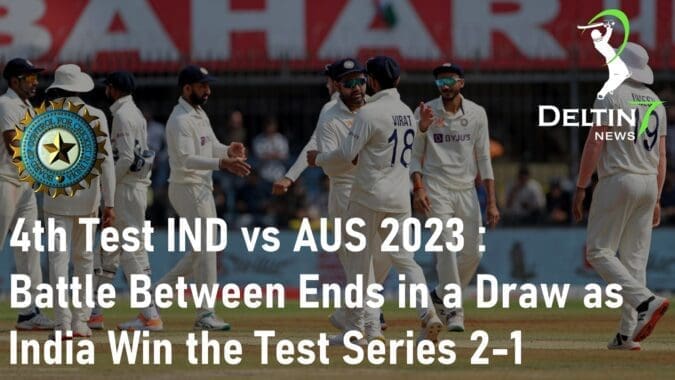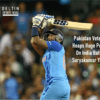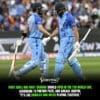
How many times has Pakistan replaced its men’s cricket selectors in the last five years?
The Pakistani cricket team has long been known for its unpredictability and frequent leadership changes. This trend has extended to the selection committee as well, with the national side going through a revolving door of chief selectors in the last five years. From former captains to seasoned veterans, Pakistan has cycled through a diverse set of individuals tasked with shaping the team’s fortunes.
This article delves into the constant churn in the Pakistani cricket selection committee, examining the tenures and impact of the various chief selectors who have held office since 2018. By analyzing the highs and lows of their respective reigns, we aim to uncover the underlying reasons behind this lack of stability and its implications on the team’s performance and overall cricket ecosystem in the country.
Misbah-ul-Haq: The Dual-Role Experiment
The first chief selector to be examined is former Pakistan captain Misbah-ul-Haq, who took on the role in 2019 while also serving as the national team’s head coach. This dual-responsibility arrangement was seen as an attempt to bring more cohesion and alignment between the selection process and the coaching staff.
However, Misbah’s tenure proved to be far from memorable, as Pakistan struggled to produce consistent results during this period. Series losses to Sri Lanka and Australia highlighted the team’s inability to translate their potential into tangible success on the field. Misbah’s inability to juggle the high-pressure roles of head coach and chief selector ultimately led to his resignation in September 2020.
Mohammad Wasim: A Rare Phase of Stability
Following Misbah’s departure, the reins of the selection committee were handed to Mohammad Wasim, a former Pakistan batter. Wasim’s reign as chief selector lasted from 2020 to 2022, making him the only individual in recent times to have a relatively long and stable tenure in the position.
During Wasim’s tenure, the Pakistani team made significant strides, reaching the semi-finals of the 2021 T20 World Cup and the finals of the 2022 edition. This period of relative stability was a welcome change from the constant upheaval that had characterized the selection committee in the past.
However, Wasim’s stint came to an abrupt end when the Pakistan Cricket Board (PCB) underwent a leadership change. The appointment of Najam Sethi as the interim PCB chairman led to the disbandment of all committees formed under the 2019 constitution, and the reinstatement of the 2014 version instead. As a result, Wasim’s contract, which was set to run until the 2023 ODI World Cup, was terminated prematurely.
Shahid Afridi: The Interim Chief Selector
In the aftermath of the leadership change, former Pakistan captain Shahid Afridi was brought in as the interim chief selector, tasked with selecting the team for the home series against New Zealand. Afridi’s stint was a short one, as he declined the offer to hold the role permanently, preferring to focus on his charitable work and foundation.
Afridi’s brief tenure was marked by a desire to bring a fresh perspective to the selection process, but the interim nature of his appointment limited his ability to implement any long-term changes or strategies.
Haroon Rasheed: A Conflicting Tenure
The next chief selector to take the helm was Haroon Rasheed, a former Pakistan batter with extensive experience in various roles within the cricket administration. Rasheed’s appointment came in early 2023, but his tenure was cut short due to a potential conflict of interest.
Rasheed’s desire to maintain his management position within the PCB was seen as incompatible with the role of chief selector, as it raised concerns about the impartiality of the selection process. This led to his resignation, paving the way for a new selection committee to be formed.
Inzamam-ul-Haq: A Tainted Second Stint
The legendary batter Inzamam-ul-Haq was appointed as chief selector for a second time in August 2023, tasked with selecting the squad for the 2023 ODI World Cup. Inzamam had previously held the position from 2016 to 2019, a period during which Pakistan won the Champions Trophy and enjoyed significant success in red-ball cricket.
However, Inzamam’s second stint as chief selector was marred by controversy. Midway through the 2023 ODI World Cup, he resigned due to allegations of a serious conflict of interest. It was revealed that Inzamam was an active director of a UK-based firm, Yazoo International Ltd., which had close ties with several top-profile Pakistani cricketers, including Babar Azam, Shaheen Afridi, and Mohammad Rizwan.
This revelation raised concerns about the integrity of the selection process and Inzamam’s ability to make impartial decisions in the best interest of the national team.
Wahab Riaz: The Latest Casualty
The most recent chief selector to hold the position was former Pakistan pacer Wahab Riaz, who was appointed in the aftermath of the team’s disastrous performance at the 2024 T20 World Cup. Riaz’s tenure was marked by early controversy, as he claimed that fast bowler Haris Rauf did not wish to be included in the red-ball squad, a statement that was vehemently denied by the player.
Riaz’s selection decisions, particularly the inclusion of players like Azam Khan and the recall of retired cricketers like Mohammad Amir and Imad Wasim, came under heavy scrutiny following Pakistan’s early exit from the 2024 T20 World Cup. This ultimately led to his sacking, along with that of fellow selector Abdul Razzaq, as the PCB sought to revamp the selection committee in the wake of the team’s disappointing performance.
Restructuring the Selection Committee
The dismissal of Wahab Riaz and Abdul Razzaq was part of a broader shakeup in the Pakistani cricket ecosystem following the 2024 T20 World Cup debacle. The revamped selection committee now comprises seven members, including the captain, head coach, and PCB chairman, as well as former players Mohammed Yousuf and Asad Shafiq.
This new structure aims to provide a more collaborative and balanced approach to team selection, with no single individual holding the position of chief selector. The goal is to foster greater transparency and accountability in the decision-making process, ensuring that the best interests of the national team are prioritized.
Lessons Learned and the Way Forward
The constant churn in the Pakistani cricket selection committee over the last five years has highlighted the need for greater stability and continuity in this crucial aspect of the game. The frequent changes in leadership have often led to inconsistent selection policies, hampering the team’s ability to build a cohesive and high-performing unit.
Moreover, the various conflicts of interest and controversies that have plagued the selection process have eroded public trust and confidence in the decision-makers. The recent restructuring of the committee is a step in the right direction, but it remains to be seen whether this new model can provide the necessary stability and transparency required for the team’s long-term success.
As Pakistan looks to rebuild and regain its standing in international cricket, the selection committee will play a crucial role in shaping the team’s future. It is essential that the PCB and its stakeholders learn from the lessons of the past and work towards establishing a selection process that is not only efficient but also free from external influences and biases.
Only then can the Pakistani cricket team truly thrive and reach the heights it is capable of, with the selection committee serving as a reliable and trustworthy partner in this journey.



